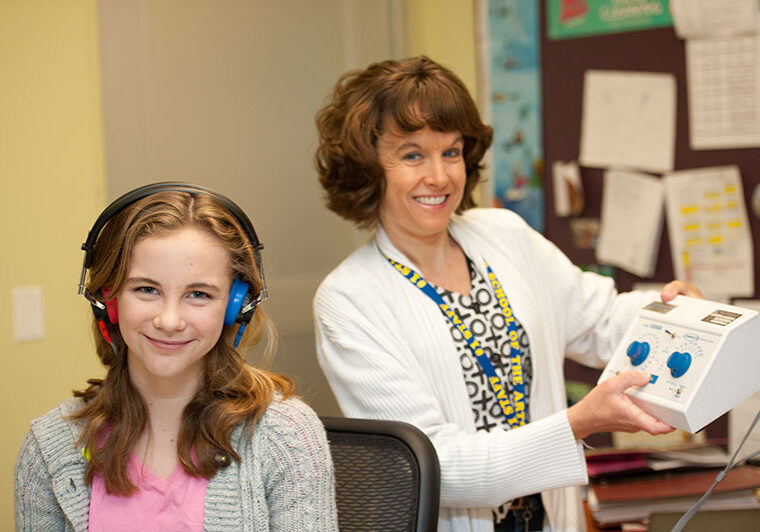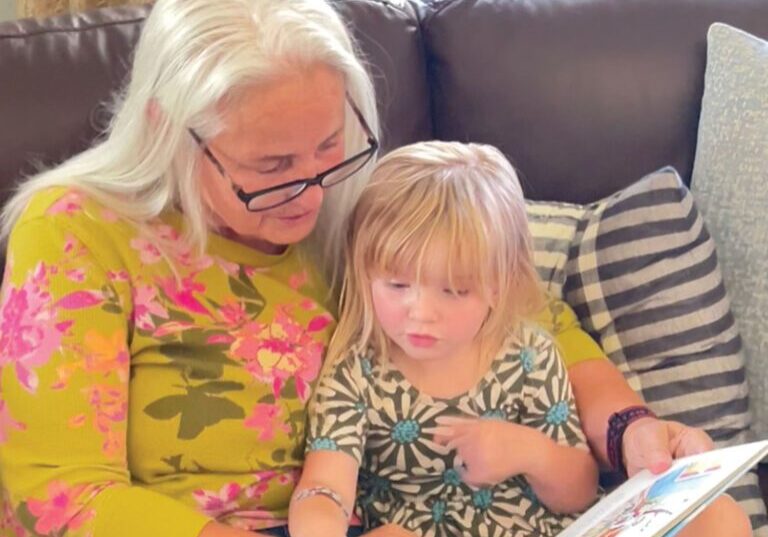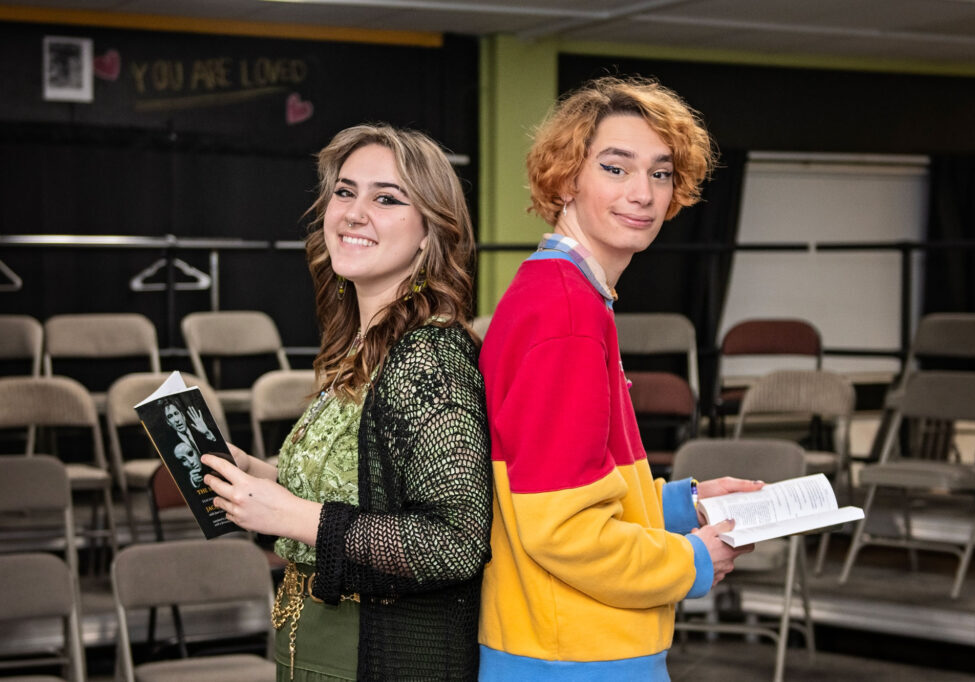 Glanced at your child’s text messages lately? No? How about her e-mails or online chats? If you take a peek, you’ll find plenty of sentence fragments, emoticons and shortcuts like LOL (laugh out loud) and BFF (best friends forever). Punctuation? Forget about it.
Glanced at your child’s text messages lately? No? How about her e-mails or online chats? If you take a peek, you’ll find plenty of sentence fragments, emoticons and shortcuts like LOL (laugh out loud) and BFF (best friends forever). Punctuation? Forget about it.
Which begs the question: Where has all the good writing gone?
Chances are, you won’t find it anywhere around the e-communication world. Even blogging tends to be informal, as do the observations and insights teens share on their Facebook pages.
Writing – all forms of it – matters, no matter what field kids pursue, says Julie Manley, a language arts curriculum coach and classroom teacher. “A scientist needs to publish well-written papers. An employer expects employees to be able to write.” And yes, it’s even important, she says, to be able to transmit readable, coherent emails.
There’s a growing awareness among educators that kids need writing skills for life, not just to pass high school English or a state-mandated standardized test. “Our goal is to prepare kids to be good writers,” says Manley.
English and language arts teachers seem downright passionate about teaching writing and literacy skills to children, and voice frustration when parents don’t share their zeal. “We are a grade-centric society,” says Heather Hoffacker, a middle school language arts department chair. “Parents often worry more about how their child is doing than about what they are doing. And that’s not the point. If they’re not literate and critical thinkers, how do they expect to be successful?”
How Kids Learn Writing
To shape youngsters into literate and critical thinkers, schools begin teaching writing fundamentals, including sentence structure, mechanics and paragraphing, in the elementary years. By middle school, writing expectations rise, and so does the depth of reading and writing assignments.
[sws_pullquote_left] “Wearing down seven number-two pencils is a good day’s work.” -Ernest Hemingway, The Paris Review, spring 1958 [/sws_pullquote_left] “Middle school is when students start to find autonomy and voice in writing,” says Hoffacker. “It’s the bridge between the elementary concept of learning to write and the high school and college process of self-expression, self-evaluation and critical thinking.”
In other words, by sixth grade or so, a student might be asked to progress from standard book reports to thoughtful essays produced in narrative or expository style. Hoffacker works to help students cultivate those highly developed thinking skills. She also shows kids ways to experiment with different writing strategies and styles, and connect reading with writing.
While educators make certain they expose students to creative writing, language arts teachers, especially in middle and high school, focus more on structured and analytical writing than on the genres of fiction, poetry and narratives we commonly think of as “creative.”
High school English teacher Patti Crouch teaches her ninth-graders ways to set up an argument. “We spend more time on analytical writing because that’s the way kids will be writing in college,” she explains. By the time the students hit their senior year, they’re ready to grapple with more sophisticated ideas.
“Writing is all about communication,” says Crouch. “Students who find their own voice in their writing are often the ones who have a sense that their own ideas count,” she says. “They are the kids who read a lot, the ones who talk about books and politics with their parents.”
Still, today’s English and literature instructors don’t stop at imbuing their students with reasoning and critical thinking skills. The standard five-paragraph essay is alive and well and thriving in middle and high schools. Why has this venerable essay form endured for so many years? “It’s a structure to hang ideas on,” explains Crouch. “It’s rudimentary, like learning scales.” The format – which includes an introduction, supporting body, evidence and conclusion – works for everything from science reports to personal letters and term papers, and helps students get their ideas across clearly.”
[sws_blue_box box_size=”98%”]
Encouraging Daily Writing
750 Words is a popular writing website that encourages daily writing of … 750 words! Author Julia Cameron, in her book The Artist’s Way, encourages the daily practice of “Morning Pages”: three pages of longhand, stream-of-consciousness writing done first thing in the morning. 750 Words offers another avenue for daily writing, along with simple yet effective motivators to do so, such as a variety of “badges” awarded as writing goals are achieved (i.e., a ten-day writing streak). It also offers the “750 Words One Month Challenge” each month, and if successful, participating writers’ names are added to the website’s “Wall of Awesomeness.”
For youth and teens, 750 Words can be a fun and powerful motivator for writing, as explained by a teacher who encourages student use of the site: “I have recently given my students the option to earn extra credit by signing up and participating at this website. In the past week, I have seen these students find a joy in writing that they haven’t before. They enjoy the online component, the freedom to write what they want, and the fun they get out of seeing all the various statistics. For some of them, it is … the only thing they really feel proud of having done when it comes to writing, and the only way I have come up with to get them motivated.”
750words.com is fun and effective, and is open to everyone to use; it’s supported by donations and is advertising-free.
You can also help your child create his or her own book. The process can range from old-fashioned hand-crafting to using an online service like picaboo.com or bookemon.com ($10 & up, plus shipping).
[/sws_blue_box]
Comment Policy: All viewpoints are welcome, but comments should remain relevant. Personal attacks, profanity, and aggressive behavior are not allowed. No spam, advertising, or promoting of products/services. Please, only use your real name and limit the amount of links submitted in your comment.
You Might Also Like...

Then And Now: What School Nurses Do
The history of school nursing reflects changes as vast as those in any other medical profession. It began with a single focus: keeping children in school. Today, nurses are responsible […]

Helping Children Understand Adoption: An Age-by-Age Guide
“Secrets are detrimental,” says Sheri Wiggins, program director of Shasta College Foster & Kinship Care Education Program. “In our society we don’t talk about things that are shameful, We don’t […]

Life Talks: A Guide to Bringing Back Conversation
I don’t know about you, but once the candles are blown out, the leftovers are safely in the fridge, and I have changed into sweat pants (the expandable type), I tend […]



